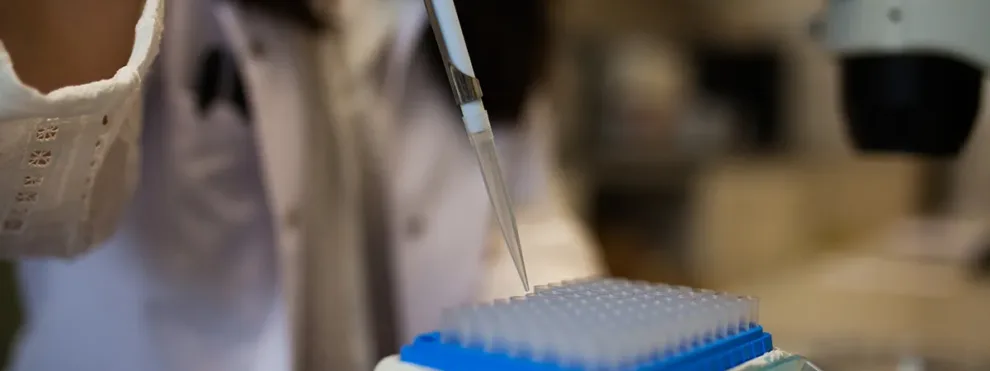Toxicology screening is essential to any preclinical study, and flow cytometry-based toxicology assays are a fast and practical approach. Different animal models are used for toxicology studies, including rodents, dogs and non-human primates. One commonly used technique is the micronucleated erythrocyte endpoint assay, which measures DNA damage induced by exposure to experimental drugs or biologics. This method has been adapted into a validated flow cytometry-based assay and can use erythrocytes from different species. Consider these factors when selecting the best toxicology screening method.
1. Flow cytometry versus classical in vitro assays
Toxicology screening can be done on a few lead candidates or on a large panel of drugs in either flow cytometry or classical in vitro assays. Flow cytometry-based assays are well suited to large scale screens as they can be run using high throughput systems. Using flow cytometry as a screening tool is well suited due to the fact that it can be more biologically relevant, depending on the matrix.
2. Species selection
 Different animal species may better predict human responses depending on the system that the drug is targeting. In terms of toxicology screening, non-human primates share many similarities with humans and the same reagents can often be used for human or primate flow cytometry-based genetic toxicology screening assays. Access to non-human primate erythrocytes can be more challenging and expensive, so preliminary screens with rodent or dog erythrocytes may be a more practical approach to identifying lead candidates.
Different animal species may better predict human responses depending on the system that the drug is targeting. In terms of toxicology screening, non-human primates share many similarities with humans and the same reagents can often be used for human or primate flow cytometry-based genetic toxicology screening assays. Access to non-human primate erythrocytes can be more challenging and expensive, so preliminary screens with rodent or dog erythrocytes may be a more practical approach to identifying lead candidates.
Genetic toxicity screening is a valuable tool for identifying viable drug or biologic candidates. Often, preclinical testing like this type of test must be done under conditions that satisfy regulatory requirements, such as GLP. Therefore, working with experienced labs or contract research organizations is a reasonable way to assure that your toxicology testing is both accurate and appropriate for drugs undergoing further development.

